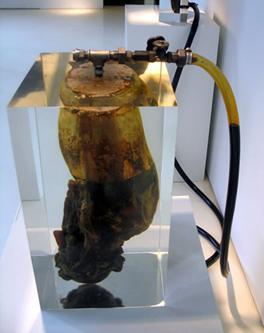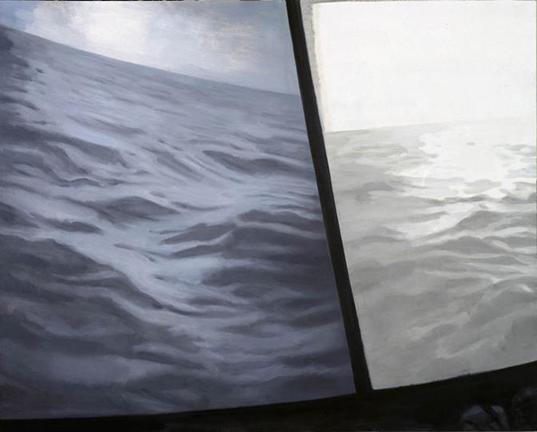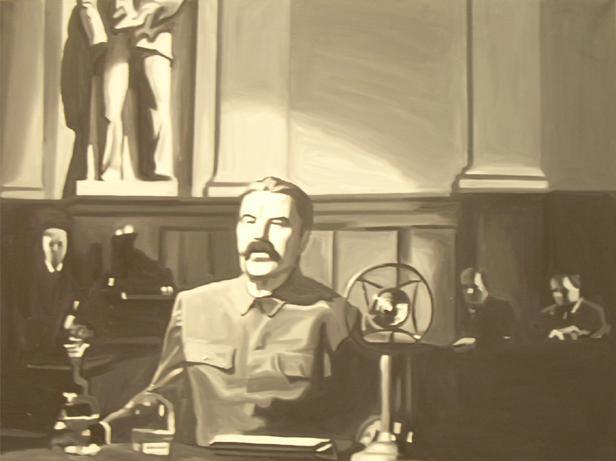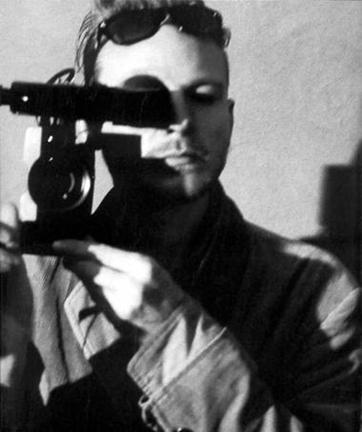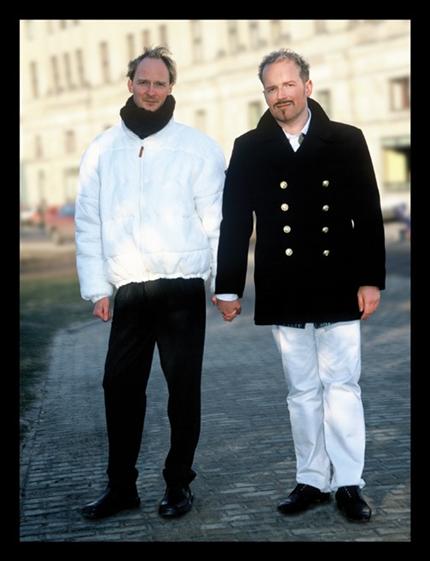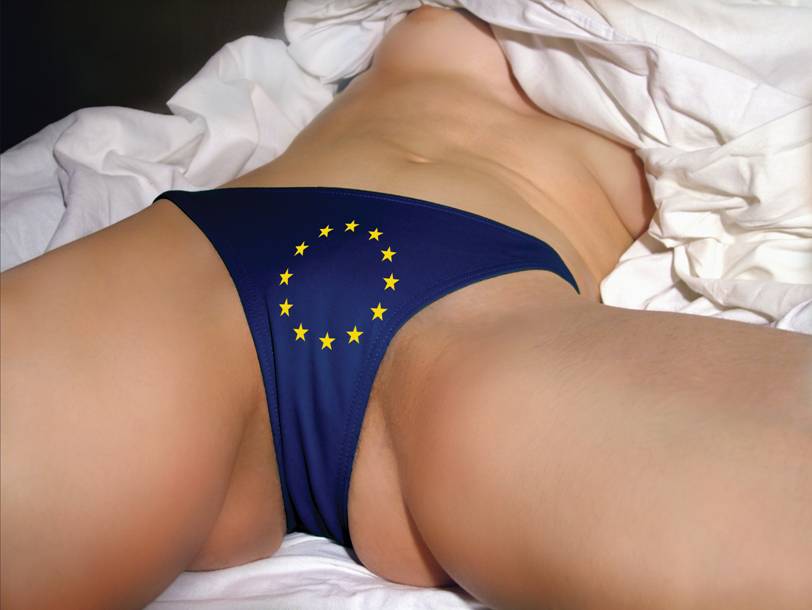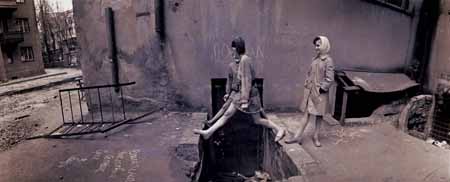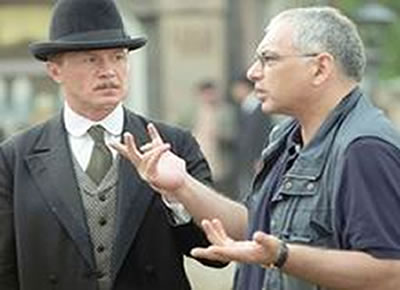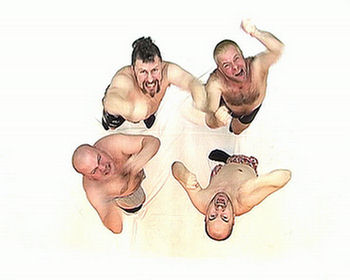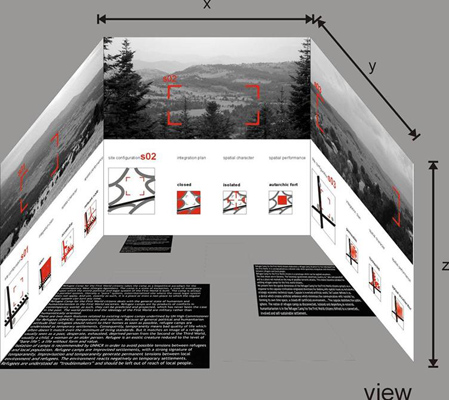On Saturday, January 28th, 2006, Eastwards brought together representatives of art institutions, critics and collectors from the countries of the new Europe.
Ivan Mecl (Editor and publisher of the international art magazine “Umelec”, Prague)
Mihnea Mircan (curator at the National Museum of Contemporary Art/MNAC, Bucharest)
Viktor Misiano (curator, theoretician and art critic; director “Moscow Art Magazine”, Moscow)
Gregor Podnar (gallery owner and curator, Galerija Gregor Podnar, Ljubljana)
Zsolt Soml\032i (contemporary art collector and expert, Budapest)
Aneta Szylak (curator and theoretician, co-founder and director of Wyspa Institute of Art, Gdansk)
Organization and moderation: Marina Sorbello, art critic and curator, Berlin.
Marina … Read more

